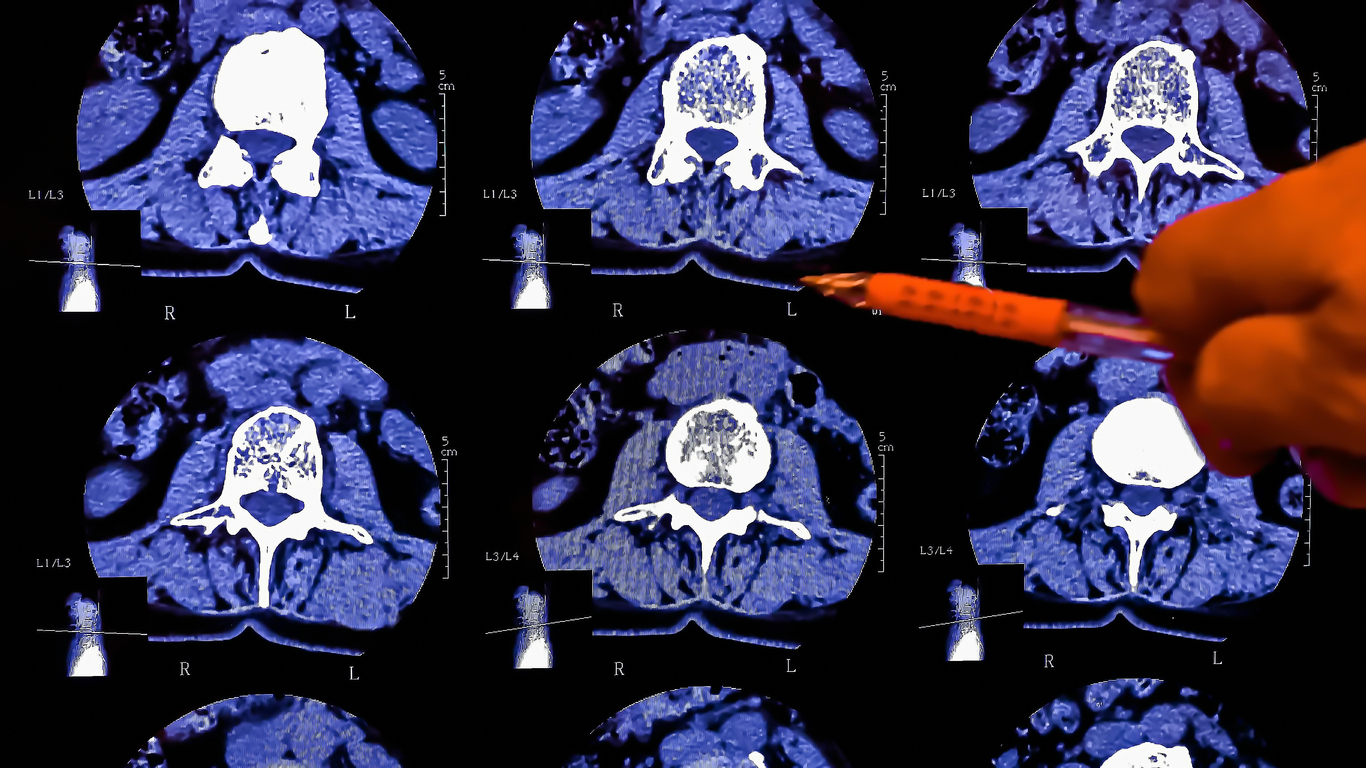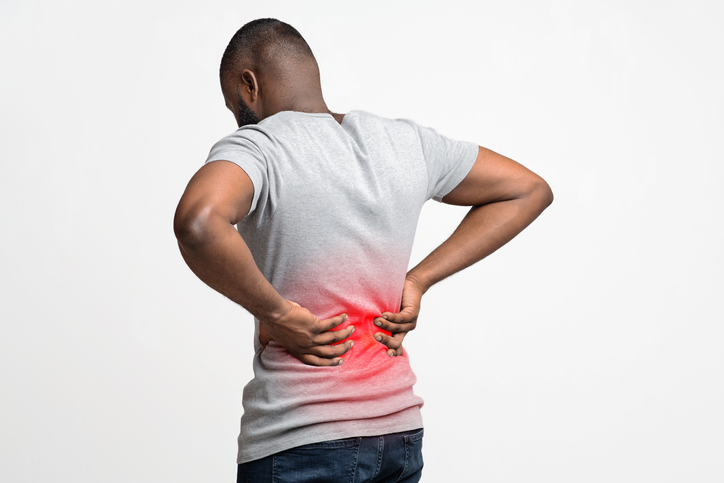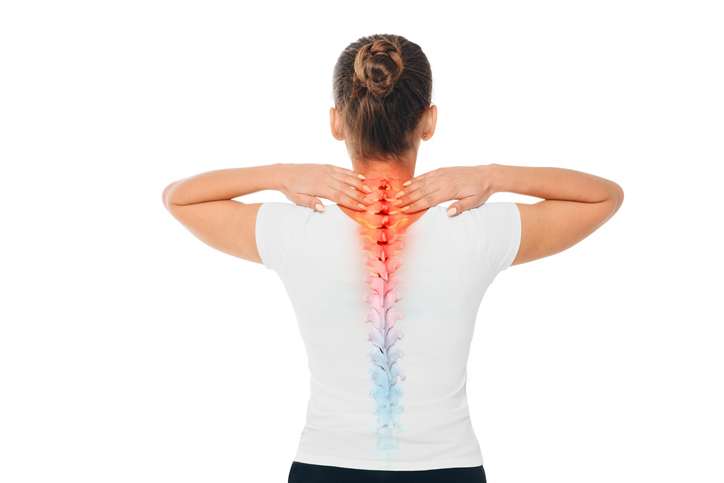Pain
Progression and Possible Complications of Degenerative Disc Disease (DDD)

What is degenerative disc disease?
Degenerative disc disease (DDD) is a condition of the spine, in which one or more of the discs between the vertebrae, also known as intervertebral discs, cause neck or back pain. Intervertebral discs are the cushions between the vertebrae; they keep the back pliable and enable the body to bend, twist, and carry weight. Intervertebral discs are mainly composed of water, and as a person ages, the discs dry out, lose their flexibility, elasticity, and the ability to absorb shock. When this causes pain, it is referred to as degenerative disc disease.
Progression of DDD
Degenerative disc disease is typically a slow progression of events including, but not limited to, the following:
- The structure of intervertebral discs changes. Intervertebral discs are made of strands of collagen, which weaken over time. This causes the outer portion of the disc to become unable to hold the inner portion. Oftentimes, the result is a ruptured or herniated disc. Discs also begin to dehydrate, causing an inefficient cushion for movement.
- Changes in the intervertebral discs make movement difficult. Discs lose height as they dehydrate and weaken. This results in an unstable spine and less shock absorption.
- Facet joints become overworked. The bones of the spine are connected by facet joints, which control movement to stabilize the spine. More pressure is placed on facet joints when discs lose height. They can become misaligned and have to readjust.
- Overworked facet joints cause deteriorated cartilage. Facet joints are lined with cartilage, which provides cushioning and makes movement easier. Deteriorated cartilage can allow the facets to move too much, leading to additional facet joint problems.
- Bone spurs can develop. If facet joints move too much, the body may produce bone spurs to stop excessive movement. As bone spurs grow, they can compress the spinal nerves.
- Further degeneration can occur. After an intervertebral disc degenerates, additional pressure is placed on the vertebrae and discs above and below it. This can result in a repeated pattern.
Possible complications of DDD
Aging of the spine may be associated with complications including, but not limited to, the following:
- Herniated discs As a disc degenerates with age, the soft jelly-like center of the disc (nucleus) can tear through the tougher, rubbery exterior (annulus).
- Pinched nerves. Nerve function may be disrupted as a result of too much pressure being placed on nerves by surrounding bone, cartilage, muscles, etc.
- Osteoporosis Osteoporosis is a bone disease that hinders new bone production from keeping up with old bone loss. This results in bones becoming porous and brittle.
- Spinal osteoarthritis. Strain on the facet joints can accelerate degeneration.
- Spinal stenosis Narrowing of the spinal canal can occur when the bony openings within the spine (foramina) begin to narrow.
- Degenerative spondylolisthesis This occurs when one vertebral body slips over another.


















